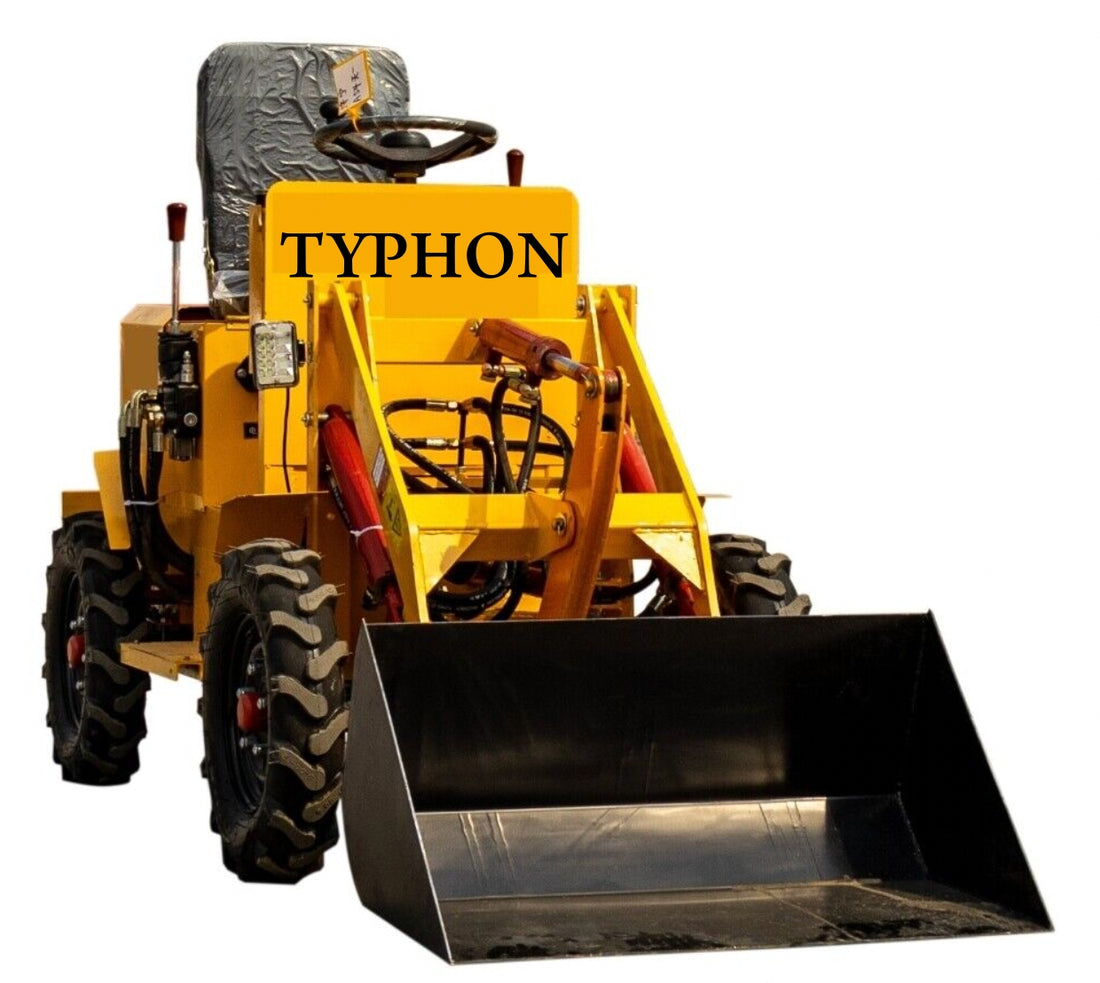A Comprehensive Examination of the Vital Role of Wheel Loaders in Heavy Industry
In the vast landscape of heavy industry, few machines hold as pivotal a position as the wheel loader. From the rugged confines of quarries to the bustling activity of construction sites, these versatile workhorses play a multifaceted role that shapes the efficiency and productivity of various sectors. This exploration delves into the intricate interplay between wheel loaders and the industries they serve, shedding light on their indispensable contributions and the myriad factors that influence their performance.
Wheel loaders find application across a spectrum of industries, each with its unique demands and challenges. In the mining sector, these robust machines navigate the harsh terrain of quarries and mines, extracting raw materials with precision and efficiency. Similarly, in the construction industry, they are indispensable for handling materials, such as gravel, sand, and concrete, facilitating the seamless progress of projects. Even in agriculture, wheel loaders are employed for tasks ranging from handling bulk materials to clearing debris, underscoring their versatility and adaptability.
Central to the effectiveness of wheel loaders are key features that determine their capability and performance. Bucket capacity stands as a primary consideration, dictating the volume of material a loader can handle in a single scoop. High horsepower ratings empower these machines to tackle demanding tasks with ease, ensuring swift operation even under heavy loads. Equally crucial is loading height, which influences the efficiency of material transfer and loading operations, particularly in scenarios where vertical reach is essential.
In the pursuit of sustainability and efficiency, modern wheel loader designs incorporate advancements aimed at minimizing environmental impact and optimizing fuel consumption. Innovations such as emission control systems and hybrid powertrains contribute to reduced carbon emissions and greater fuel efficiency, aligning with evolving industry standards and regulatory requirements. Additionally, the integration of telematics and data-driven monitoring enables operators to optimize usage patterns, further enhancing operational efficiency and minimizing resource wastage.
Real-world case studies offer compelling insights into the prowess of wheel loaders in navigating challenging environments and delivering tangible results. Whether it's excavating hard rock in a quarry, maneuvering through tight spaces on a construction site, or handling diverse materials in agricultural settings, these machines demonstrate remarkable adaptability and productivity. Through the lens of these case studies, the significance of wheel loaders as indispensable assets in heavy industry becomes unmistakably clear, highlighting their role as catalysts for progress and efficiency.
In conclusion, wheel loaders stand as stalwarts of heavy industry, bridging the gap between raw materials and finished products with precision and efficiency. Their multifaceted capabilities, coupled with advancements in design and technology, ensure they remain indispensable assets across diverse sectors. As industries continue to evolve and demand for efficiency grows, the role of wheel loaders is poised to become even more pronounced, cementing their status as indispensable pillars of modern industrial operations.

